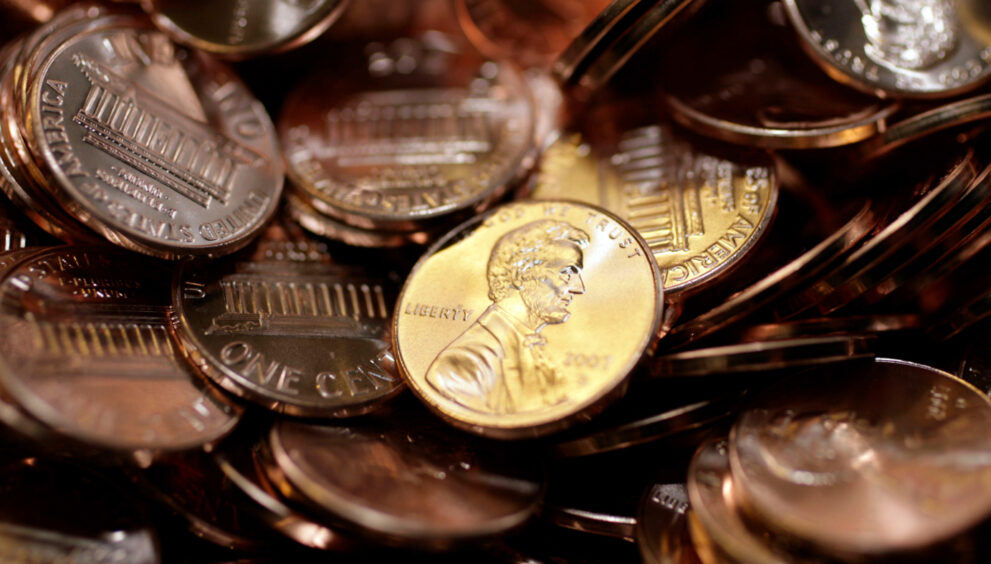Trump’s not responsible for the penny disappearing – inflation is

Many Americans from a certain generation can recall the days when they could buy penny candy from the corner store. These days, penny candy and the traditional mom-and-pop stores that sold them are a rare sight. Nonetheless, specialty shops across the country still offer old-school favorites like Tootsie Rolls, Mary Janes, jelly beans, red hots, and chewable wax lips.
However, what might disappear soon are pennies themselves. President Trump has directed the U.S. Mint to cease production of pennies due to the fact that taxpayers lose more than double the penny’s value every time a new one is minted. In fiscal year 2024, the Mint reported a loss of $85.3 million from producing nearly 3.2 billion pennies.
Although long overdue, it wasn’t Trump who caused the penny’s demise – it was inflation. The primary reason to bid farewell to the penny is its stagnant value of one cent amid rising prices of everything else, including the zinc that mostly makes up the coin. This is a consequence of the Federal Reserve’s inflationary policies after the U.S. moved to fiat money around 1971.
Back then, a penny still had some purchasing power as it could buy a gumball. The Consumer Price Index was at 40.7 in 1971, but it surpassed 319 by January of this year, showing a nearly eightfold increase in prices while the penny’s value dropped by about 87 percent. These shifts are largely due to the Fed’s policies that caused inflation to occur.
Renowned economist Milton Friedman explained that inflation happens when the money supply grows faster than the production of goods and services. If the Fed had not pumped money into the system faster than economic growth, pennies would still hold value and cost about half a cent to produce, rather than the 3.7 cents they now cost.
It’s no surprise that many individuals no longer pick up pennies off the ground or make the effort to use Coinstar machines to redeem their jars of coins. Despite approximately $240 billion worth of pennies in circulation, which averages to about $7 per person, the time spent dealing with these little coins is more valuable, given the average and median hourly earnings of Americans.
When the penny vanishes and prices are rounded to the nearest nickel, consumers might worry about unfair treatment due to many prices ending in nine. This concern is unnecessary because purchases usually involve multiple items and post-tax prices are essentially random. The experience from examining thousands of convenience store transactions supports this conclusion.
Moving forward, as stores exhaust their penny supply after Mint discontinues production, they can ask customers to bring in pennies, but eventually, there will not be enough coins in circulation. At that point, stores will round off totals to the nearest nickel when a customer pays with cash, a transition that has been successfully implemented in countries like Australia, Canada, and the Netherlands when they eliminated low-value coins.
This change will not be immediate but likely occur over several years. As the Federal Reserve devalues the currency and people realize the diminishing worth of pennies, these coins may lose their relevance in commerce while persisting only in memory. Robert Whaples is an economics professor at Wake Forest University and a senior fellow at the Independent Institute in California.






















































































































































































































































































































































































































































































































































































































































































































































































































































































































































































































































































































































































































































































































































































































































































































































































































































































































































































































































































































































































































































































































































































































































































































































































































































































































































































































































































































































